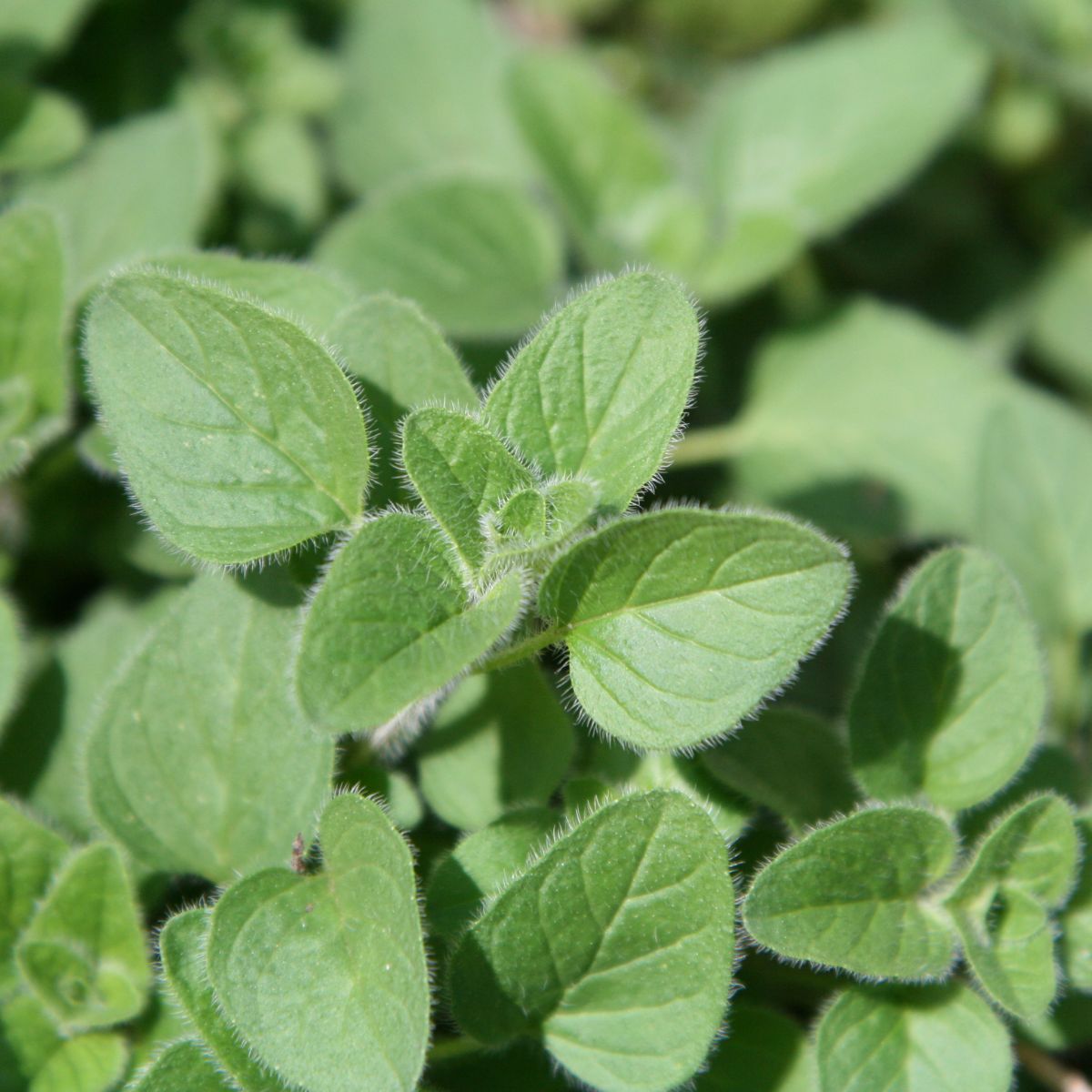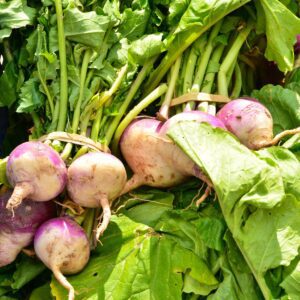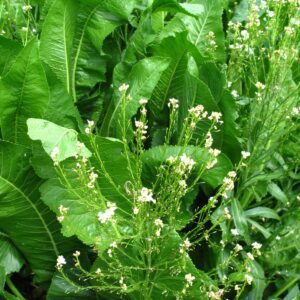Oregano (Origanum vulgare) is a popular herb in many culinary dishes, valued for its bold flavor and ease of cultivation. But did you know that companion planting can enhance the overall health and productivity of your oregano plant and your entire garden?
In this article, we will explore the benefits of companion planting, the most effective companion plants for oregano, and tips on successfully implementing this strategy in your garden.

Read Next
The Benefits of Companion Planting
Companion planting is the practice of growing different plants in close proximity to each other to create a mutually beneficial environment. This method can improve soil fertility, attract pollinators, and deter pests naturally. Companion planting is also beneficial for biodiversity and can help to create a more attractive and healthier garden ecosystem.
Companion Plants for Oregano
- Basil (Ocimum basilicum) Basil and oregano are both Mediterranean herbs that thrive in similar growing conditions. Planting them together can help to repel insects such as aphids, spider mites, and whiteflies, which can be detrimental to the health of both plants. Basil also attracts pollinators, which in turn can increase the yield of other plants in your garden.
- Thyme (Thymus vulgaris) Another herb commonly found in Mediterranean cuisine, thyme pairs well with oregano in the garden due to their similar growing requirements. Thyme's fragrance is known to repel pests such as cabbage worms and whiteflies, providing a natural form of protection for oregano plants.
- Chives (Allium schoenoprasum) Chives are a versatile companion plant for oregano, as they deter a wide range of pests, including aphids, beetles, and mites. Chives also improve the flavor of oregano and other herbs by secreting a substance that enhances essential oil production in neighboring plants.
- Marigolds (Tagetes spp.) Marigolds are a popular companion plant for many garden vegetables and herbs, including oregano. They produce a natural pesticide called pyrethrin that deters pests such as aphids, nematodes, and whiteflies. Marigolds also attract beneficial insects like ladybugs and lacewings, which prey on pests that could harm oregano plants.
- Tomatoes (Solanum lycopersicum) Tomatoes and oregano are not only a classic culinary pairing but also a great combination in the garden. Oregano can help repel pests like tomato hornworms and whiteflies, while tomatoes provide shade and support for oregano plants. Additionally, the aromatic compounds in oregano are believed to enhance the flavor of tomatoes.
- Peppers (Capsicum spp.) Peppers, like tomatoes, are a natural companion for oregano due to their shared preference for similar growing conditions. Oregano's strong aroma can help deter pests from attacking pepper plants, while the presence of peppers can encourage oregano to grow more vigorously.
- Lettuce (Lactuca sativa) Lettuce is a good companion for oregano because it requires partial shade, which oregano can provide as it grows taller. The two plants also complement each other in terms of water and nutrient requirements, and lettuce can act as a living mulch for oregano, helping to suppress weeds and conserve soil moisture.
Implementing Companion Planting in Your Garden



When incorporating companion plants for oregano, consider the following tips to ensure a successful outcome:
- Plant companions in close proximity, but avoid overcrowding to ensure that each plant receives enough light, nutrients, and water. A general guideline is to plant companion herbs approximately 12-18 inches apart.
- Group plants with similar watering and sunlight requirements together. Oregano, for example, prefers well-draining soil and full sun, so choose companion plants that thrive in the same conditions.
- Rotate crops annually to prevent the buildup of pests and diseases in the soil. This practice also helps maintain soil fertility and reduces the risk of nutrient depletion.
- Interplant your garden by mixing herbs, vegetables, and flowers to create a diverse and visually appealing landscape. This can help attract a wider range of pollinators and beneficial insects, improving overall garden health.
- Incorporate organic matter, such as compost or aged manure, into your soil to improve fertility and support the growth of your companion plants. Healthy soil promotes strong root systems and robust plants that are more resistant to pests and diseases.
- Observe your garden regularly to monitor for signs of pests or diseases. Early intervention is crucial in maintaining the balance of your garden ecosystem.
- Consider using organic pest control methods, such as introducing beneficial insects, using insecticidal soaps, or creating homemade repellents to manage pests while preserving the integrity of your garden's ecosystem.
Conclusion
Companion planting is an effective way to maximize the health and productivity of your oregano plant and your entire garden. You can create a thriving, biodiverse garden environment by selecting the right companion plants, such as basil, thyme, chives, marigolds, tomatoes, peppers, and lettuce.
Follow the tips in this article to successfully implement companion planting strategies and enjoy their many benefits.





Comments
No Comments